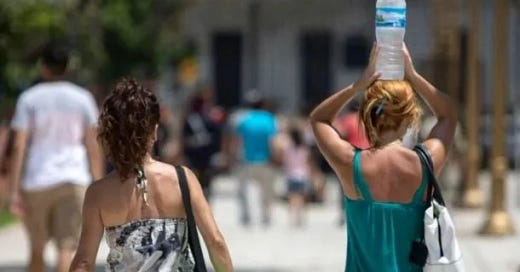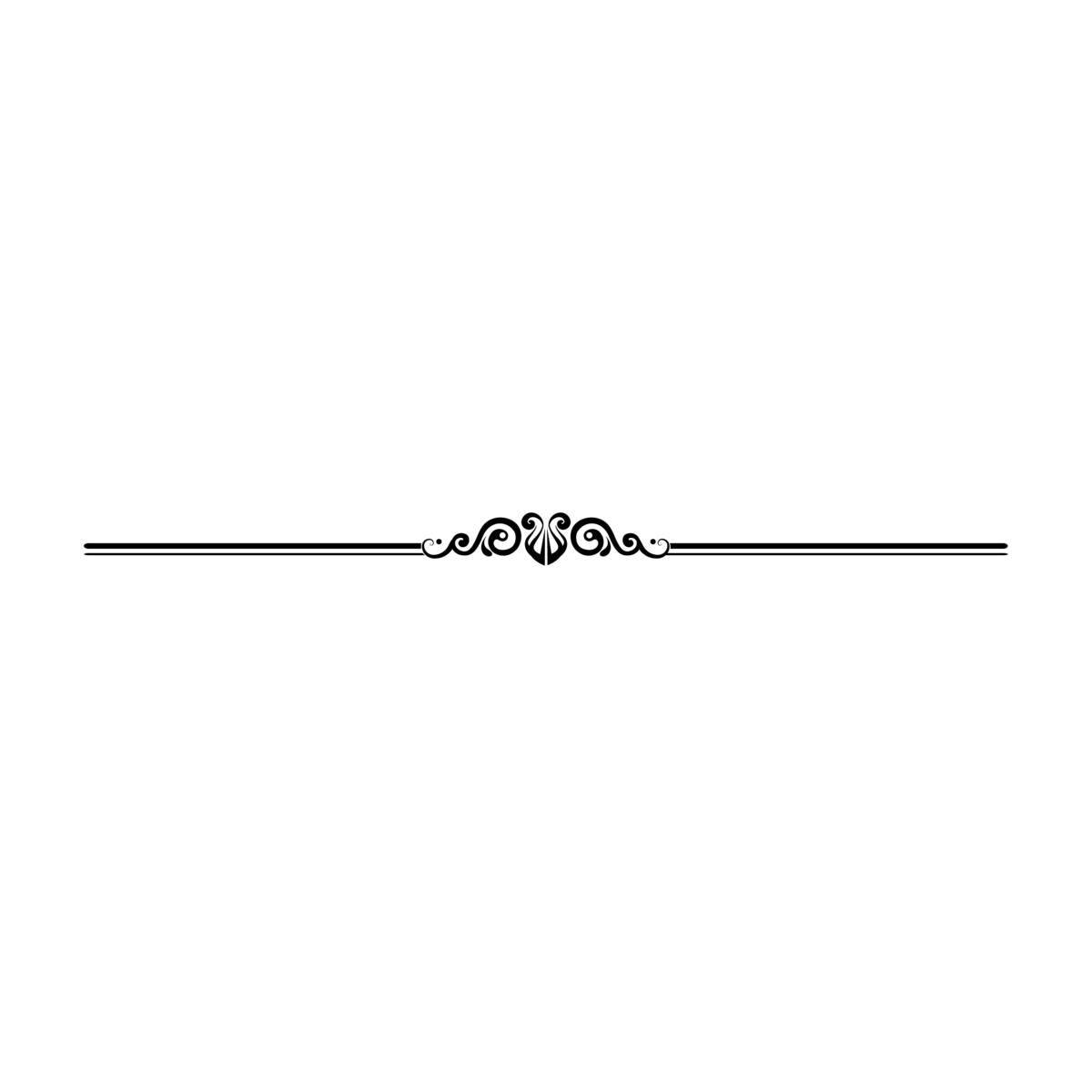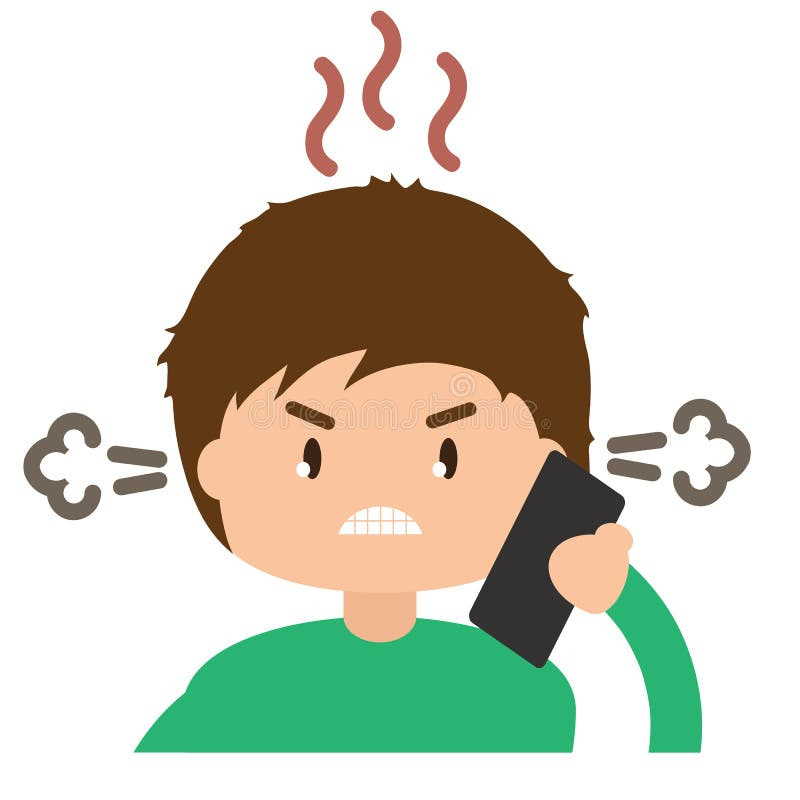Siempre les digo a mis estudiantes que Enero no es el mejor momento para visitar Buenos Aires. En parte porque muchas cosas están cerradas, ya que es el mes más fuerte de las vacaciones y la gente escapa de la ciudad, y por otra parte porque HACE CALOR. En general, hace mucho calor entre diciembre y marzo. Lo mejor es venir en Primavera u Otoño.
I always tell my students that January is not the best time to visit Buenos Aires. Partly because many places are closed since it’s the peak vacation month and people flee the city, and partly because IT’S HOT. In general, it’s very hot between December and March. The best time to come is in Spring or Fall.
Y aquí es donde quiero hacer un alto y ver algunas frases útiles sobre el tema que pueden generar confusión.
And this is where I want to pause and go over some useful phrases on the topic that might cause confusion.
“Hace calor” es sobre el clima, afuera de la casa, el tiempo en general. “Tiempo” es otra palabra para hablar del clima, “¿Cómo va a estar el tiempo?”.
Hace calor= HOY (vs. Hace frío)
Si queremos hablar del clima EN GENERAL de un lugar podemos decir que ES CALUROSO, o SIEMPRE HACE CALOR.
“Hace calor” refers to the weather, outside the house, the general conditions. “Tiempo” is another word used to talk about the weather, as in, “¿Cómo va a estar el tiempo?” (What will the weather be like?).
Hace calor = TODAY (vs. Hace frío)
If we want to talk about the GENERAL climate of a place, we can say ES CALUROSO (it’s hot) or SIEMPRE HACE CALOR (it’s always hot).
TENER CALOR es la forma que usamos para hablar de que sentimos calor a nivel personal.
-Tengo calor, necesito saltar a la pileta.
-Si tenés calor, prendé el aire acondicionado.
TENER CALOR is the way we express feeling hot on a personal level.
"I’m hot, I need to jump into the pool."
"If you’re hot, turn on the air conditioner."
*Ola de calor extrema: Extreme heat wave
¿Y “CALIENTE”?
Caliente es un adjetivo que habla de la temperatura de “algo” al tacto.
Ejemplo:
-El café está caliente.
-La computadora está caliente.
-El agua está caliente.
And what about “CALIENTE”?
Caliente is an adjective that describes the temperature of “something” to the touch.
Example:
The coffee is hot.
The computer is hot.
The water is hot.
Si hablamos de personas, “estar caliente” tiene tres significados:
Hablamos de una necesidad sexual. Por eso es incómodo cuando los extranjeros lo dicen en un taxi, con intención de decir que tienen calor.
-Daniel está caliente, necesita tener sexo urgente.
-Los adolescentes están siempre calientes.
If we're talking about people, "being hot" has three meanings:
We’re talking about a sexual need. That’s why it’s awkward when foreigners say it in a taxi, intending to say they’re hot.
Daniel is horny, he urgently needs to have sex.
Teenagers are always horny.
*el perro está caliente (the dog is horny)
También se puede usar para decir que la persona tiene fiebre, temperatura alta.
La nena está caliente, no le tomé la fiebre, pero es probable que tenga como 39 C, creo que hay que llamar a un médico.
It can also be used to say that a person has a fever or high temperature.
"The little girl is hot, I didn’t take her temperature, but she probably has around 39°C. I think we should call a doctor."
En otro caso se usa para decir que alguien está muy enojado:
Martín está re caliente porque Nacho no le devolvió el dinero que le prestó el año pasado.
“calentarse” es un sinónimo en slang para “enojarse”.
Mi mamá se calienta si no hago mi cama en todo el día.
In another case, it is used to say that someone is very angry:
"Martín is really pissed off because Nacho didn’t pay back the money he lent him last year."
"Calentarse" is a slang synonym for "enojarse" (to get angry).
"My mom gets pissed off if I don’t make my bed all day."
Ejercicio para completar:
Keep reading with a 7-day free trial
Subscribe to Speak Spanish BA to keep reading this post and get 7 days of free access to the full post archives.










